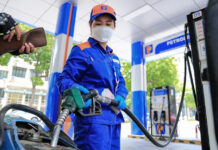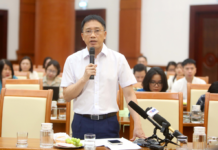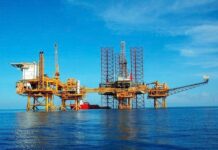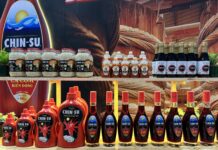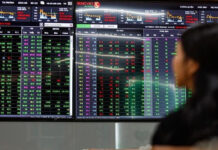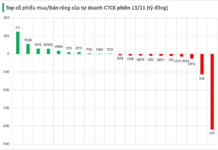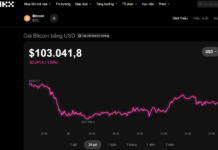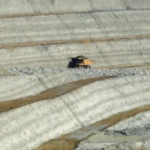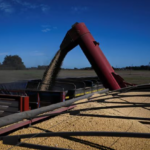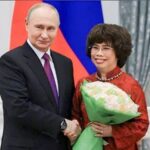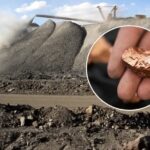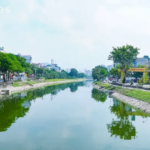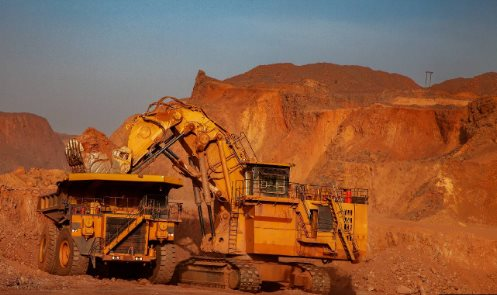
Illustrative Image
According to CNBC, President Vladimir Putin recently directed Moscow officials to finalize a long-term roadmap for the extraction and processing of rare earth metals by December 1. This move comes amid surging demand for rare earth elements, particularly in electric vehicle manufacturing, wind turbines, advanced electronics, and defense industries.
The U.S. Geological Survey (USGS) estimates global rare earth reserves at approximately 110 million tons. China leads with about 44 million tons, followed by Brazil (21 million tons), India, and Australia. Russia ranks fifth, holding around 3.8 million tons—nearly 10% of global reserves, double the U.S.’s 1.9 million tons.
However, Russia’s production remains modest, at just 2,500 tons this year, or 0.64% of global output. This disparity highlights limitations in extraction technology, processing capabilities, and delays in developing a robust rare earth value chain.
Russia’s production expansion plan emerges as global rare earth supply chains tighten, especially after China restricted raw material exports in retaliation against U.S. tariffs. These restrictions were temporarily lifted following an agreement between President Donald Trump and President Xi Jinping, where Beijing suspended controls for a year in exchange for reduced fentanyl-related tariffs.
Moscow aims to leverage this window to enhance extraction capacity and seek international partnerships. President Putin emphasized Russia’s readiness to collaborate with foreign partners in rare earth mining and processing, aiming to boost technological capabilities and attract investment.
Willis Thomas, a principal advisor at CRU Group, notes that while Russia has decades of experience in rare metal extraction, it is now repositioning itself to align with global trends.
Earlier this year, Russia’s Ministry of Natural Resources reported reserves of 15 rare earth metals totaling 28.5 million tons—significantly higher than USGS figures. However, experts suggest some reserves may be low-grade or insufficiently assessed.
Thomas speculates that detailed geological data releases may aim to attract foreign investment rather than reflect immediately exploitable reserves.
A key question is whether Russia will strengthen ties with China or seek Western partnerships. China currently processes approximately 69% of global refined rare earths and dominates separation, processing, and trade.
Meanwhile, Russia’s relations with the West remain strained due to the Ukraine conflict. Analysts predict this will push Russia closer to China, even if it means accepting less favorable trade terms.
Piyush Goel, a critical metals analyst at CRU, stated, “Western companies may avoid sourcing materials from Russia while the conflict persists. This compels Russia to align with China, despite potentially lower prices.”
As China increasingly imports raw materials to sustain production, Russia could position itself as a major future supplier, especially as domestic Chinese mines face declining ore quality.
Russia’s Massive Rare Earth Mine: Why the World’s Decades-Long Supply Remains Untapped
Tomtor, Russia’s largest rare earth mine, is capturing global attention amidst a volatile supply landscape.
President Putin Awards Thai Huong, Vietnamese Businesswoman, with Prestigious Order at the Kremlin
On November 4th, at the Kremlin, Russian President Vladimir Putin awarded the Order of Friendship, a prestigious state honor of Russia, to Ms. Thai Huong, a Labor Hero and Chairwoman of the Strategic Council of TH Group.

